Prilocaine HCL Description
Procaine HCL is a local anesthetic of amino amide prepared by Claes Tegner and NilsLöFgren. In its injectable form, it is usually used in dentistry. It is also often used in combination with lidocaine for skin anesthesia (lidocaine / propylamine or EMLA) for the treatment of paresthesia and other diseases. Due to low cardiac toxicity, it is usually used for intravenous anesthesia.
In some patients, metabolites of prilocaine may cause abnormal side effects of methemoglobinemia and can be treated with methylene blue.
Local anesthesia is a substance that causes sensory loss only in its application without affecting consciousness. Most local anesthetic structures have on the other side an amino ester or aminoamide group attached to a hydrophilic (secondary or tertiary amine) and hydrophobic group (aromatic compound). The ester can be hydrolyzed to the p-aminobenzoic acid in the plasma by cleavage of the cholinesterase. Amides are stable for long and more systematic distributions. Esters include Novocain, Nesacaine, Pontocaine, Benzocaine and tetracaine. Amides include sicaine, cabbaine, Citanest, Marcaine, Duranest,
Procaine HCLusage
Praca is a local anesthetic of amino amide. Prilocaine is commonly used in dentistry. Placaine is also often used in combination with lidocaine for skin anesthesia (lidocaine or EMLA) for the treatment of paresthesia and other diseases.
Local anesthesia is a substance that causes sensory loss only in its application without affecting consciousness. Most local anesthetic structures have an amino ester or aminoamide group attached to a hydrophilic (secondary or tertiary amine).
The ester can be hydrolyzed into the plasma in the form of PARA-aminobenzoic acid by the enzyme base esterase. Amides are stable for long and more systematic distributions. Esters include prochlorocene, Novos, Nesacaine, Pontocaine, Benzocaïne, tetracaine. Amides include sicaine, cabbaine, Citanest, Bouaine (Marcaine), Etidocaine (Duranest).
Prilocaine HCL is used in children
Since this is due to age and weight, it is difficult to recommend the maximum dose of any drug for children. For children with normal lean body weight and normal physical development for less than 10 années, the maximum dose can be determined by applying standard pediatric drug preparations (eg, Clark rule). Par exemple, according to the Clark rule, 5-year-old children weigh 50 pounds, according to Clark rules, acetic acid dose should not exceed 150 to 200mg (6.6 to 8.8mg / kg or 3 to 4mg / lb body weight)
certificat d'authenticité
| Nom du produit |
Chlorhydrate de propitocaïne |
| Essai (%) |
≥ 99.00 |
Cas No. |
1786-81-8 |
| Point d'éclair: |
134.3 °C |
Point de fusion |
168-170 °C |
| Steam pressure |
2.05E-05mmHg at 25 °C |
Point d'ébullition |
361.6 ° C at 760 mmHg |
| Perte au séchage |
≤1% |
| Point de fusion |
66-69 °C |
| Cendres sulfatées |
≤0.1% |
| Métaux lourds |
10 ppm |
| Sulfate |
≤0.1% |
| Chloride |
≤35ppm |
| 2,6-dimethylaniline |
≤100ppm |
| Standard |
USP / BP |
| Main Functions |
Local anesthetic. |
| Classe |
Pharmaceutical raw materials |
| Forfait |
Poudre cristalline blanche, inodore, a little bitter |
| Durée de conservation |
24mois |
| Espace de rangement |
Store in sealed containers at cool & dry place. Keep away from light, moisture |






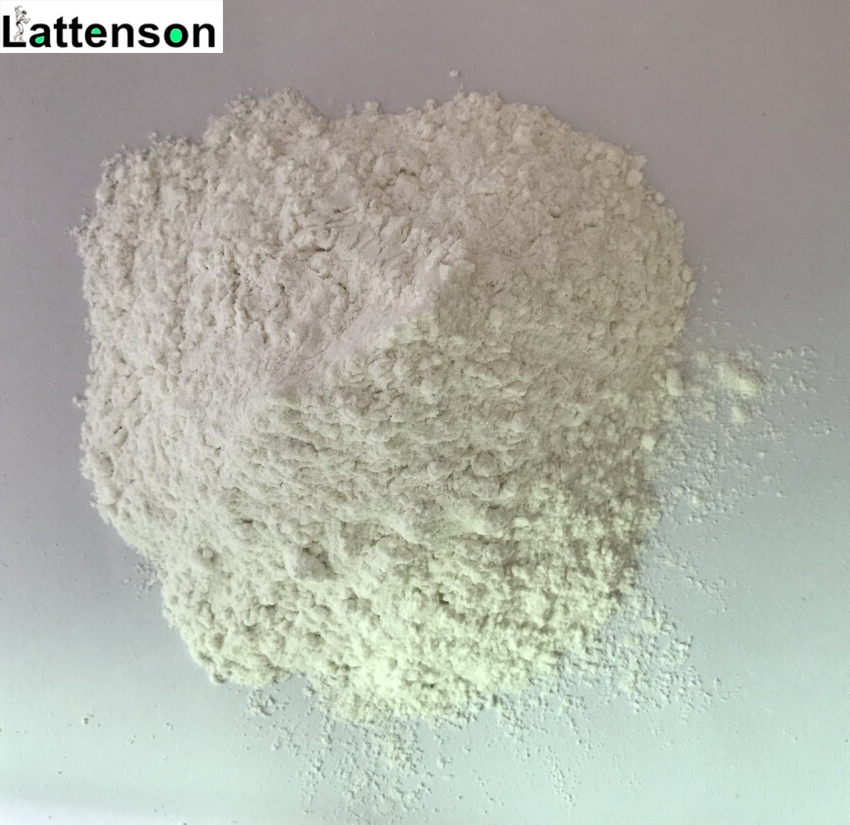
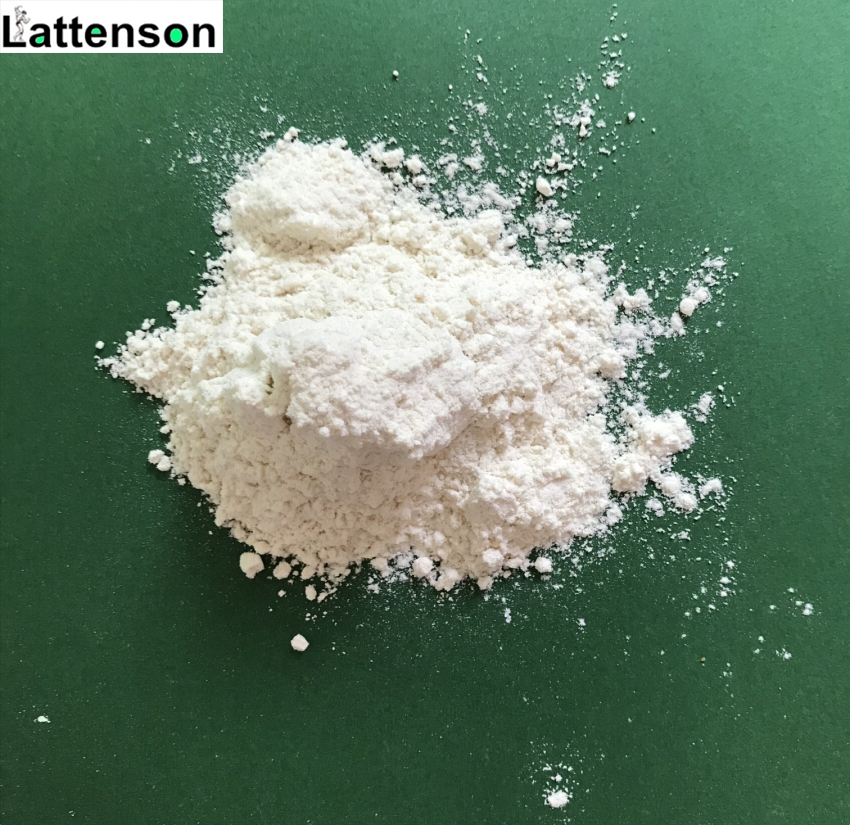
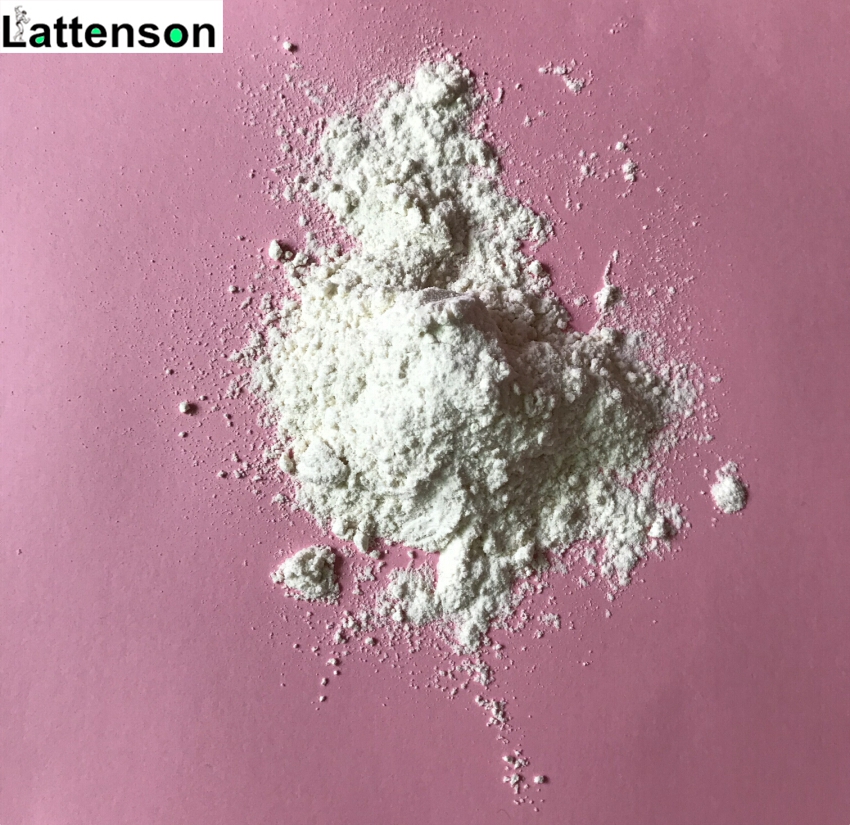
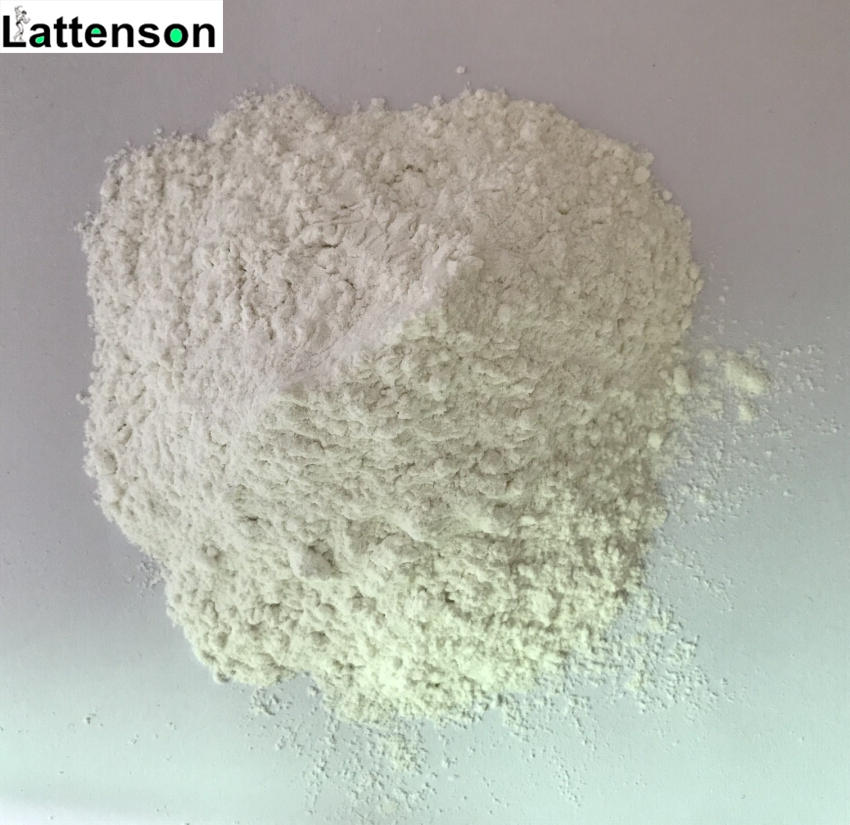
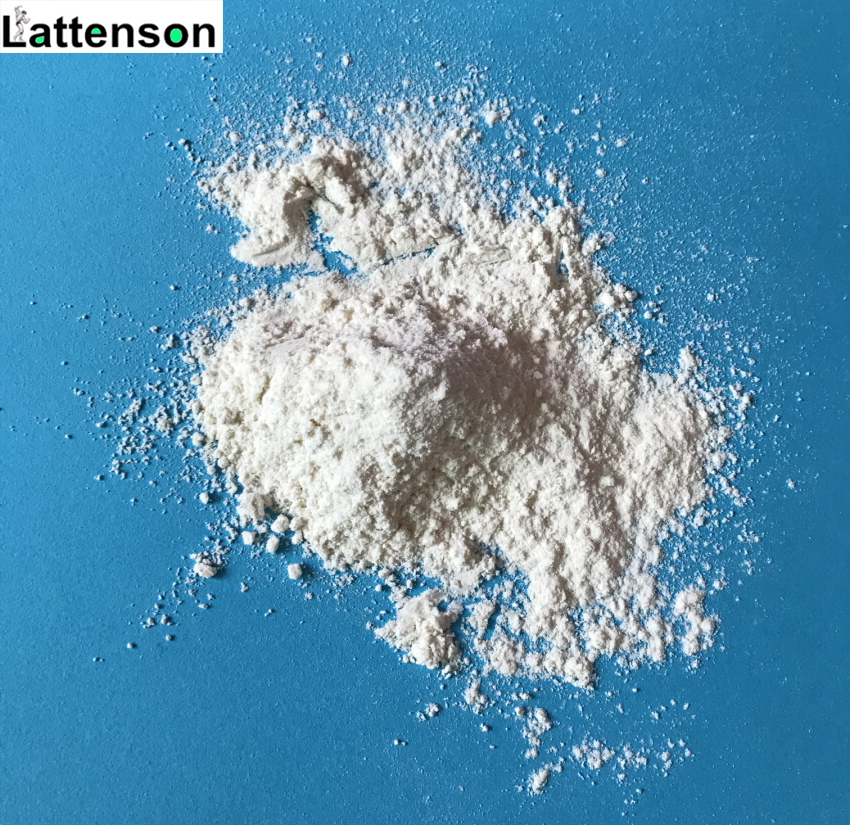



 Directeur commercial
Directeur commercial